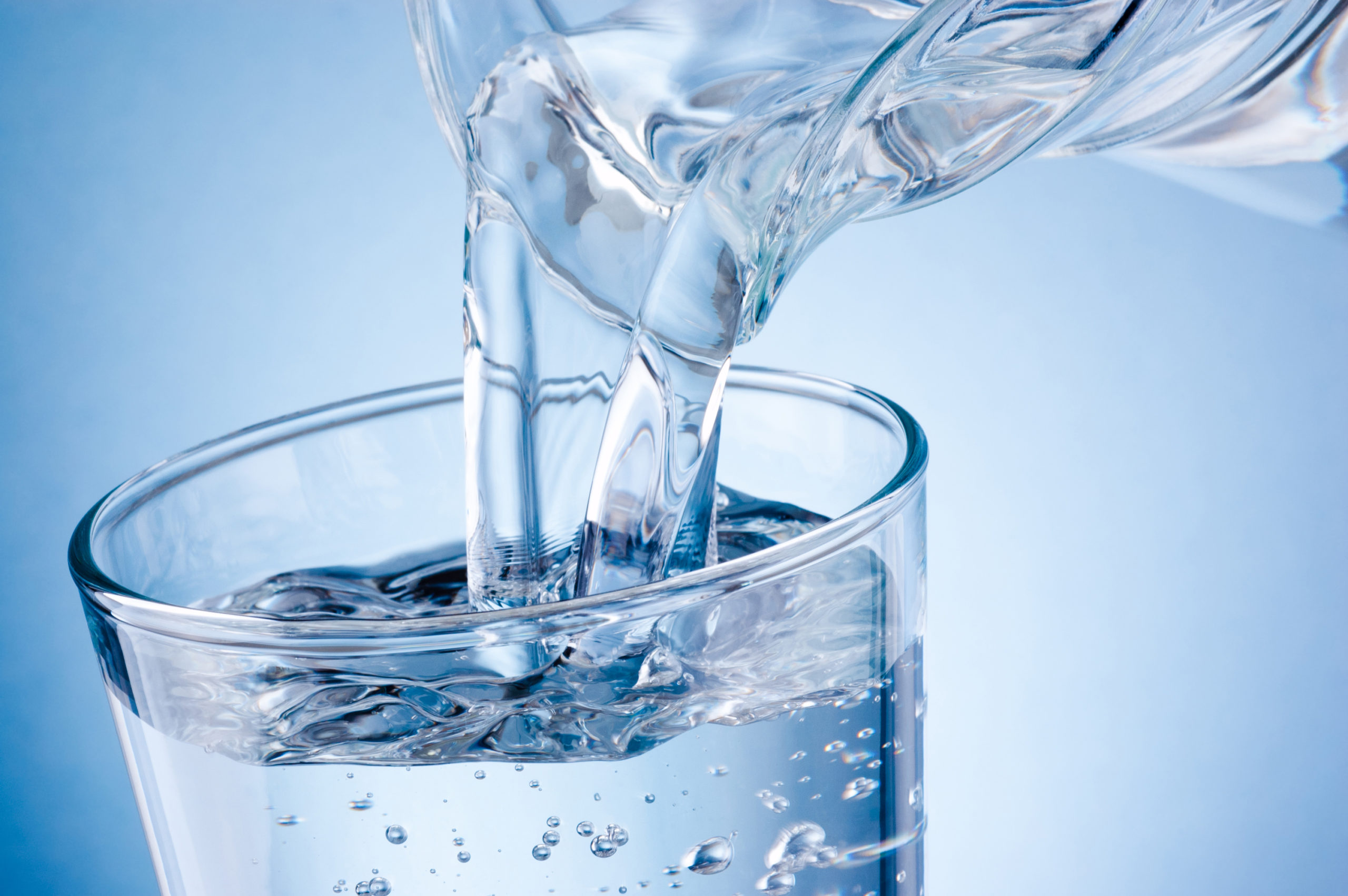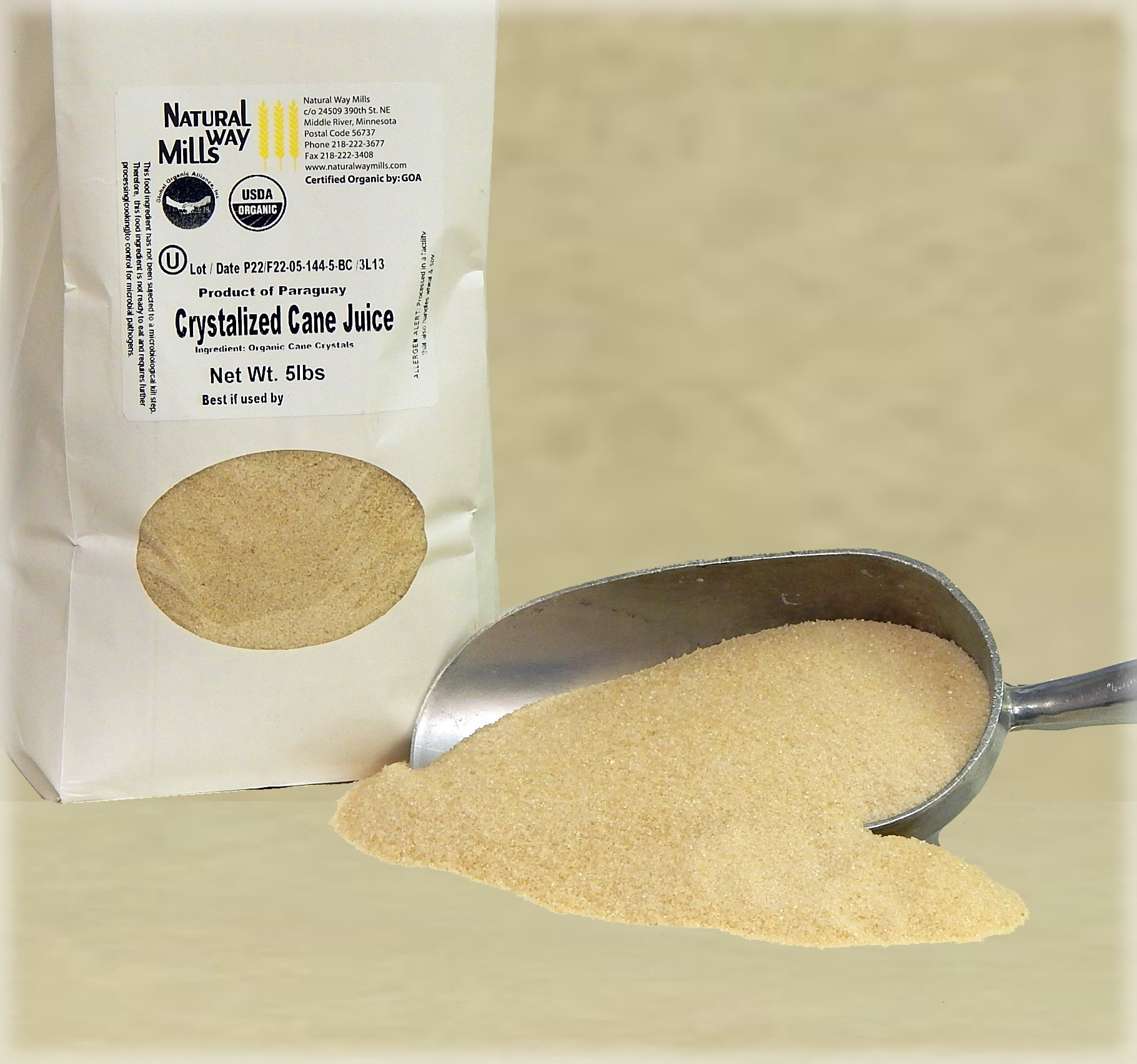The History of sugar cane products from Ancient Roots to Global Markets
Revealing the Manufacturing Secrets Behind Sugar Cane and Its Diverse Array of Products
The manufacturing journey of sugar cane is detailed and multi-faceted. It begins in the areas, where cautious harvesting strategies set the phase for suitable sugar extraction. The process involves a number of stages, consisting of juice extraction and refining - sugar cane products. Nonetheless, sugar cane's prospective expands far beyond simple sweetness. Developments in handling and lasting techniques are improving its duty in modern sectors. What lies ahead for this functional crop? The solutions may stun those thinking about its future
The Trip of Sugar Cane: From Field to Factory

As sugar cane sways carefully in the exotic breeze, it begins a transformative journey from area to factory. The vibrant green stalks, abundant in sucrose, are grown under perfect conditions, profiting from ample sunshine and rains. Farmers thoroughly keep track of the development, guaranteeing the plants reach their peak maturation, which is essential for making the most of sugar content.Once grew, the cane is gotten ready for harvesting, where its coarse structure holds the promise of pleasant items. The trip proceeds as the stalks are moved to refining centers, where they undertake a series of careful actions. At the factory, the cane is washed, shredded, and pressed to extract the juice. This juice is then clarified and vaporized, leading the way for condensation. Each phase of this journey is important, as it ultimately determines the quality of the sugar and various other products originated from this functional plant.
Harvesting Techniques: The Initial Action in Production
Collecting sugar cane calls for precision and skill, as the timing and strategy directly impact the quality of the end product. The procedure usually starts with figuring out the optimal harvest time, which is vital; sugar web content peaks right before the plant reaches complete maturation. Growers often depend on experience and agricultural indicators to determine when to harvest.Two main techniques control the gathering landscape: manual and mechanical techniques. Manual harvesting, though labor-intensive, permits cautious option of stalks and lessens damages. Employees utilize machetes to cut the cane near to the base, ensuring the stalks continue to be intact for processing.Mechanical harvesting, on the various other hand, utilizes specific devices to reduce and collect the cane promptly. While this method substantially boosts efficiency, it may bring about higher degrees of debris and reduced sugar content. Eventually, the chosen method affects not only the quantity yet also the high quality of sugar cane delivered to refining centers.
The Extraction Process: Opening the Sweetness
The extraction procedure is vital for transforming gathered sugar cane into pleasant juice. Various techniques of juice removal can greatly influence the top quality and return of the end product. Comprehending these methods is essential for making best use of the advantages of sugar cane production.
Collecting Techniques Clarified
Releasing the sweetness of sugar cane begins with exact harvesting techniques that guarantee maximum return and high quality. The procedure normally involves reducing the cane at ground level, making sure minimal damage to the plant and allowing for regrowth. Harvesters frequently make use of machetes or specialized equipments, relying on the range of the procedure. Timing is essential; collecting happens when the sugar web content reaches its peak, usually throughout completely dry periods. In addition, employees need to be trained to recognize the very best stalks, avoiding those that are also old or infected. Effective transportation to processing facilities is additionally crucial, as hold-ups can cause sugar deterioration (sugar cane products). These thorough strategies eventually lay the foundation for producing high-grade sugar and its varied by-products
Juice Extraction Techniques
Juice removal is an important action in transforming sugar cane right into its wonderful essence. This procedure commonly includes several techniques, each developed to efficiently remove the sweet liquid from the coarse stalks. The most common strategy is milling, where the sugar cane is crushed in between hefty rollers to release the juice. An additional technique is diffusion, which employs warm water to dissolve the sugar from the cane fibers, making it an extra efficient alternative for large operations. In addition, some manufacturers utilize screw presses, which use mechanical pressure to remove juice. After extraction, the juice goes through clarification to get rid of impurities prior to more handling. Each technique mirrors the market's concentrate on making the most of return and guaranteeing high-quality sugar manufacturing.
Refining Sugar: Transforming Raw Cane Into Granulated Gold
The refining process is essential for transforming raw cane sugar right into the Recommended Site pure, granulated product customers acknowledge. sugar cane products. This involves a series of removal and filtration actions to remove pollutants, adhered to by crystallization and drying out techniques that improve the sugar's top quality. Comprehending these approaches reveals the complex transformation from cane to the golden granules that sweeten plenty of foods and beverages
Extraction and Filtering Refine
An essential phase in the sugar production trip entails the extraction and filtration of juice from newly collected sugar cane. This procedure begins with crushing the cane to release its pleasant juice, usually using large rollers or mills. The drawn out juice includes not just sugar however additionally impurities, consisting of fibers and mud. To guarantee the juice is appropriate for further refining, it undertakes a purification procedure. This includes passing the juice with various filters and clarifiers to get rid of strong fragments and undesirable materials. Chemicals such as lime might be contributed to assist in the explanation process. The outcome is a clear, raw cane juice that acts as the foundation for creating refined sugar, ready for subsequent stages of processing.

Condensation and Drying Out Methods
After the removal and filtering processes yield clear raw cane juice, the following action in sugar production is formation. This procedure involves steaming the juice to vaporize water, allowing sugar particles to develop crystals. As the fluid thickens, it reaches supersaturation, motivating sugar to take shape. The combination is after that cooled down, advertising additional crystal formation. When crystallization is complete, the sugar crystals are divided from the continuing to be syrup via centrifugation.The final stage involves drying, where the crystals are exposed to cozy air to remove recurring dampness. This step is necessary, as it ensures the product attains the preferred granulation and rack stability. The outcome is pure, granulated sugar, prepared for packaging and distribution.
Past Sweetness: Diverse Products From Sugar Cane
While sugar cane is largely acknowledged for its sweet taste, its flexibility expands far past simple sweet taste. This resistant plant works as the resource for a myriad of items that satisfy varied industries. Ethanol, stemmed from sugar cane fermentation, plays a vital function in eco-friendly energy, working as a cleaner option to fossil gas. Furthermore, molasses, a result of sugar refining, is used in pet feed, along with in baking and fermentation processes.Sugar cane's fibrous deposit, recognized as bagasse, is not thrown away; it is transformed into eco-friendly product packaging materials and functions as a biomass gas resource. Different sugars and syrups gotten from sugar cane locate applications in the food and beverage sector, contributing to flavoring and conservation. The plant's fallen leaves can be used for thatching, while its juice is taken in as a renewing drink in lots of cultures. Sugar cane exemplifies agricultural possibility beyond its sugary track record.
Advancements in Sugar Cane Handling
As improvements in innovation proceed to reshape different sectors, sugar cane handling is experiencing a substantial makeover. Modern innovations, consisting of automated harvesting and accuracy farming, are improving effectiveness and return. Drones and sensors keep track of plant health and wellness, enabling farmers to enhance irrigation and nutrient application, eventually improving productivity.In processing facilities, state-of-the-art machinery and equipment enhance operations. Technologies such as chemical processing and advanced purification strategies enhance the extraction of sugar while decreasing waste. In addition, the fostering of real-time data analytics makes it possible for makers to keep track of procedures carefully, guaranteeing quality control and minimizing downtime.Biotechnology is likewise playing an essential function; hereditary modifications improve sugar cane's resistance to pests and ecological stressors. These developments not just add to greater sugar returns but also help with the production of varied by-products from the cane, expanding its industrial applications. In general, these technologies are leading the way for an extra efficient and sustainable sugar cane handling sector.
The Future of Sugar Cane: Sustainability and Bioproducts
The future of sugar cane manufacturing is increasingly intertwined with sustainability and the advancement of bioproducts. As international need for environmentally friendly choices climbs, the sugar cane industry is pivoting towards methods that lessen environmental effect. Technologies in farming techniques, such as precision agriculture and integrated insect management, purpose to enhance yield while decreasing resource consumption.Furthermore, sugar cane is being checked out as a resources for biofuels, bioplastics, and various other sustainable products. These bioproducts not only provide a renewable option to conventional nonrenewable fuel sources and plastics but also add to a round economic more helpful hints climate by making use site here of waste materials.Research and growth in biotechnology are leading the means for improved sugar cane varieties that require less water and fertilizers, better advertising sustainability. By accepting these innovations, the sugar cane industry can secure its future while attending to essential environmental difficulties, demonstrating its prospective as a foundation of lasting growth.
Often Asked Inquiries
What Are the Ecological Influences of Sugar Cane Farming?
The ecological impacts of sugar cane farming include deforestation, dirt destruction, and water air pollution. Additionally, making use of pesticides can damage biodiversity, while monoculture practices lower community resilience, presenting lasting sustainability difficulties for farming practices.

Exactly How Does Sugar Cane Contrast to Other Sweeteners Nutritionally?
Sugar cane, rich in carbohydrates, gives energy but lacks vital nutrients contrasted to options like honey or syrup, which offer nutrients. Its high glycemic index also elevates problems over blood sugar level spikes.
What Are the Health And Wellness Advantages of Consuming Sugar Cane Products?
The health advantages of consuming sugar cane items consist of boosted food digestion, boosted energy degrees, and potential antioxidant residential or commercial properties. Additionally, they may sustain hydration and give important minerals and vitamins, contributing favorably to overall well-being.
Just How Is Sugar Cane Waste Utilized After Processing?
After handling, sugar cane waste is used in different means, consisting of biofuel manufacturing, animal feed, and natural plant foods. This lasting strategy decreases ecological effect while taking full advantage of resource efficiency within the sugar industry.
What Are the Historical Beginnings of Sugar Cane Cultivation?
